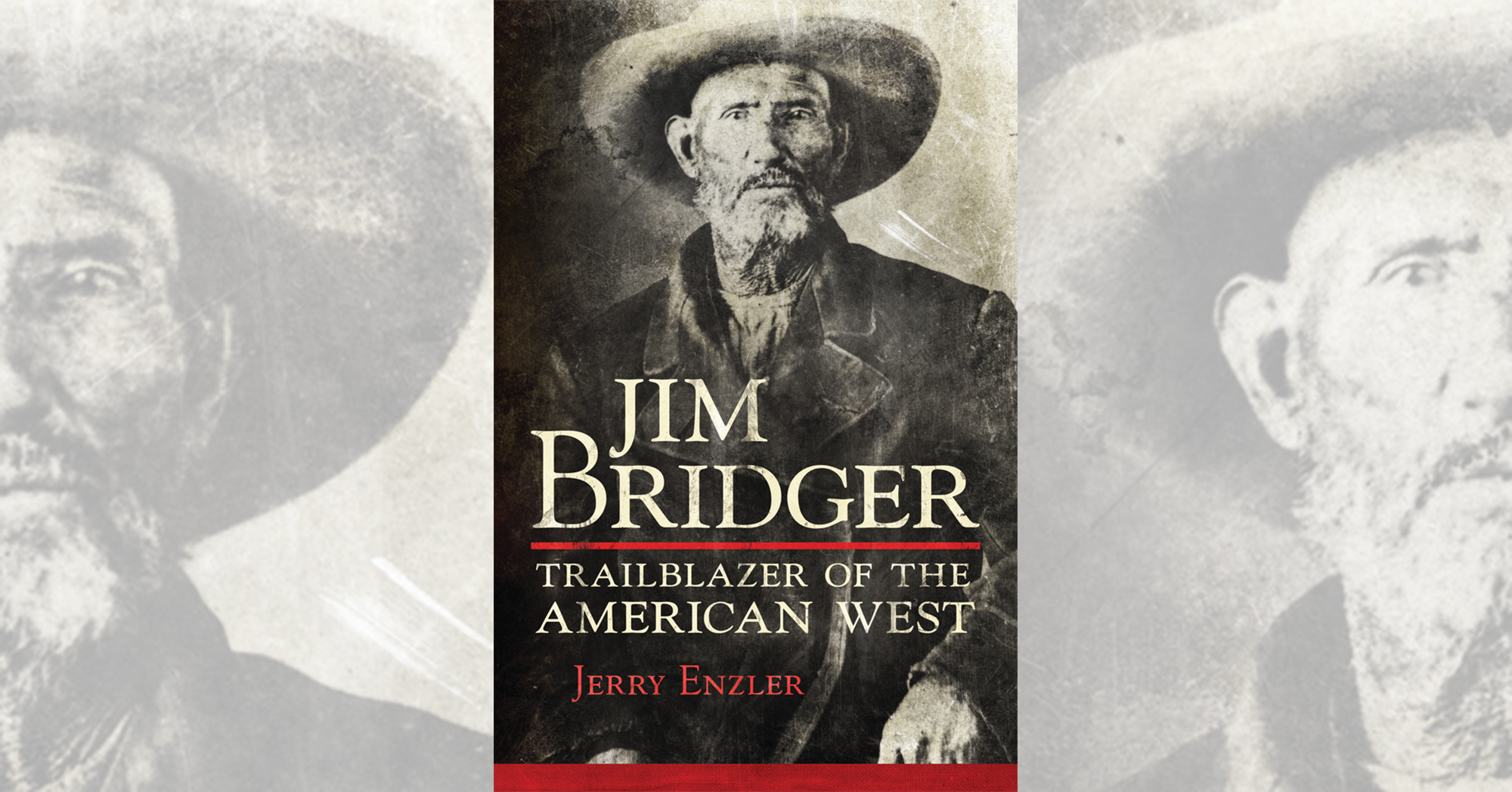Jim Bridger: Trailblazer of the American West, by Jerry Enzler, University of Oklahoma Press, Norman, 2021, $29.95
Jim Bridger ranks among the most recognized individuals in the annals of frontier history. As one of the 100 young men recruited in 1822 by General William H. Ashley and Major Andrew Henry to travel into the West and establish the American fur trade, Bridger found himself working with such daring and ambitious men as William Sublette, Thomas Fitzpatrick, Louis Vasquez and Jedediah Smith.
As iconic a frontiersman as any of the above, Bridger had more than his share of adventures and close calls. For instance, he was the victim of a Blackfeet Indian attack that left him with an arrowhead in his back for two years before pioneer doctor Marcus Whitman operated and removed it during a fur trade rendezvous. Bridger forged alliances with the Shoshones through his marriages and with other tribes through smart trading.
Jerry Enzler, who served as director of the National Mississippi River Museum & Aquarium for 37 years, (see the interview with Enzler) mined the archives to uncover Bridger’s story. Enzler relates this tale of adventure and westward expansion with clarity.
Bridger’s multifaceted life was not easy to unravel, as the larger-than-life mountain man left no firsthand accounts for a biographer to draw upon. Historians had deemed him an imbecile, but that’s clearly not so. Though he could not read or write, he was frontier smart. With Sublette and Smith he partnered in the Rocky Mountain Fur Co., one of the power companies of the rendezvous era. With Vasquez he built and operated two trading posts—both known as Fort Bridger.
Enzler’s research provides details of Bridger’s business dealings, his family life, and his importance to the fur trade and the development of the American West. The often-told story about the mauling of Hugh Glass by a grizzly bear, and how he was cared for by fellow trappers before being abandoned to die, usually identifies a young Bridger as one who was involved. A man identified as Bridges was there, and that led many writers and filmmakers to assume it was Bridger. But Enzler’s research turned up evidence that throws doubt on whether Bridger was with Glass at the time, without questioning that a man named Bridges was.
Enzler lays out Bridger’s life chronologically and with the right amount of detail to take full measure of the legendary figure. This biography should be on the bookshelf of anyone interested in the fur trade and early era of overland travel.
—Candy Moulton
This post contains affiliate links. If you buy something through our site, we might earn a commission.





